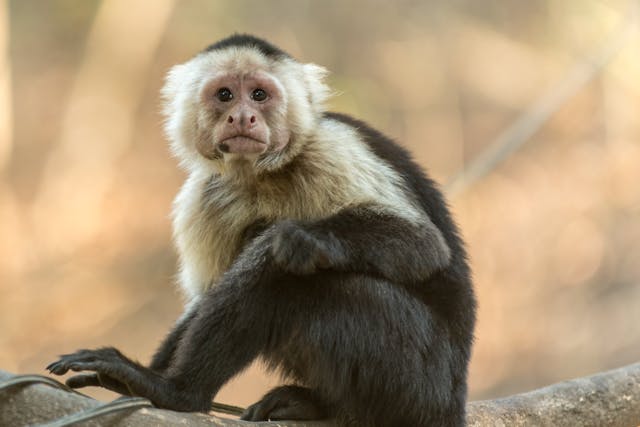
January 8, 2025
Chimera
You may have heard the word “Chimera” in the news this week. A chimera occurs when an animal or person has the DNA of another animal contained in their body; mixed in among their own cells. The chimera in the news is a bundle of monkey and human cells in a test tube in a lab. The name “Chimera” (which is pronounced Khimeera) derives from the Greek legend, “Chimera and Bellerophon”. The Chimera was a hybrid creature composed of the head of a lion, the body of a goat and the tail of a serpent. The creature breathed fire and was a menace to mankind. Bellerophon was the hero who killed the Chimera, while riding on the winged horse, Pegasus.
Chimera’s can occur naturally. If two fertilised eggs merge in the womb, the resulting individual will be a chimera. This is sometimes known as having a “vanished twin”. It is actually the norm with marmoset monkeys Most marmoset twins are chimeras, having cells with different genetics in different organs.
Chimeras can of course be artificial, like the one in the news this week. One of the earliest artificial chimeras was created in a lab in Cambridge in the 1980s. It was an embryo composed of the cells of both a sheep and a goat - otherwise knows as, wait for it, a Geep! The embryo eventually developed into a new life - and a baby geep was born. It looked quite like you would expect - a cross between a sheep and a goat.
Bone marrow recipients are chimeras, as are organ transplant recipients. Folk who have been kind enough to donate their organs are life savers for this reason. Their cells and DNA enter the recipient, and start to work with the recipient's body, producing the necessary functions that had been lost and so saving the recipient’s life.
So what’s the point of creating an artificial chimera? The supply of organs is one possible benefit. There is a worldwide shortage of organs for people in need of a transplant. At present the only source of these organs is other people. And it takes a huge amount of organisation, not to mention emotional capital to harvest organs from donors, and then transport them to the place where they are needed. Creating a chimera of say, human liver cells mixed with pig cells could result in an animal that contained a ready-made human liver. Taking things a step further, human liver cells could be bundled with a fast growing species in a lab to make a near artificial organ ready for transplant in weeks. In the future there could be warehouses of organs being grown near to hospital operating theatres, ready to be implanted as part of a routine operation list. This would reduce waste, waiting times and patient morbidity.
Like all new inventions, we need to tread carefully with artificial chimeras. They have the potential to revolutionise healthcare, expanding treatment horizons to levels that we can only dream of. However, we need to be mindful that approximately 60% of human infectious diseases are zoonosis - that is, they infect both animals and people. An obvious risk of combining human and animal cells, apart from ethical concerns, is that we facilitate new disease transfer between the species. We may need a new Bellerophon if we are creating a new chimera.

